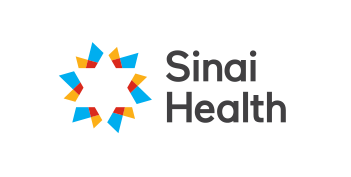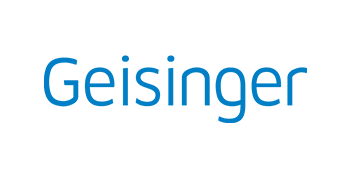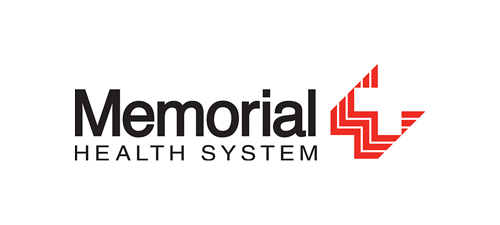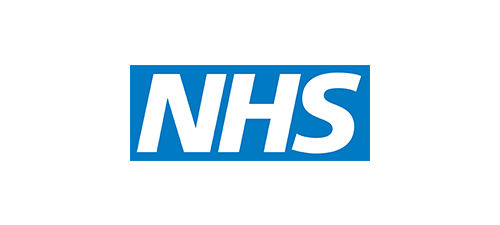"Working in partnership with our users around the world, we are continually applying simulation to healthcare problems. We have had the opportunity to understand the typical process flows in healthcare in detail and are delighted to share some of our learning.
This guide is by no means the final word on healthcare simulation - as a team, we’re still learning every day about new and valuable applications! We’d like to thank all the contributors to this guide, as well as all the organizations we have worked with over the years.
We hope you find the guide useful. If you have any comments or questions, please get in touch - we'd love to hear from you!"
Claire Cordeaux, Executive Director, Health and Social Care, SIMUL8 Corporation











